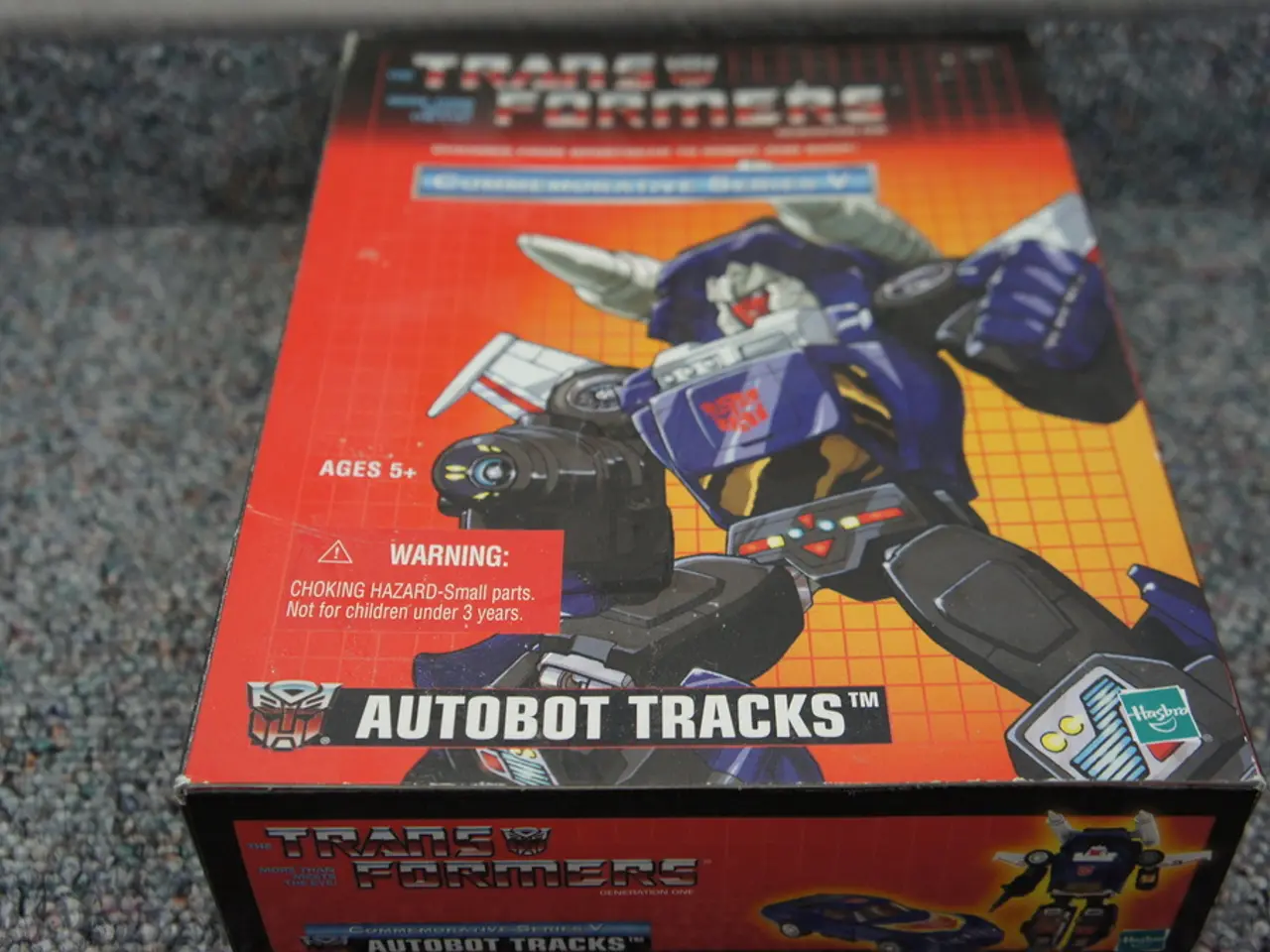Unraveling the talent shortage through the four-part system of the 'Bs' structure
In today's dynamic business landscape, organisations are grappling with a multitude of talent challenges. To stay competitive and resilient, embracing a dynamic, inclusive, and future-ready talent strategy is essential, as outlined in the Four Bs framework.
The Four Bs - Build, Buy, Borrow, and Bot - offer a powerful and adaptable response to today's talent challenges. Building internal capability has become a building block for talent strategy, with structured talent practices such as biannual 9-box reviews, succession planning, and performance cycles ensuring continuous monitoring and evaluation of talent. However, developing internal talent goes beyond offering courses and requires embedding talent development strategies into the very DNA of the organisation.
The success of the "borrowing" talent approach relies on effective integration of external talent into the business. Organisations can access a flexible workforce through contractors, consultants, and partner agencies to address short-term needs or quickly access specialised expertise. All external hires should be assessed for cultural fit, ensuring alignment with organisational values and ways of working. Internal teams must collaborate, communicate, and learn alongside external experts to maximise impact.
AI and automation have moved beyond theory to become essential components of today's workforce. AI can streamline skills gap analysis by collecting data and delivering actionable insights to support smarter decision-making. However, the human element must remain central as organisations embrace agentic AI. Employees must understand how to use AI effectively by recognising both its capabilities and its boundaries and incorporating it seamlessly into daily workflows.
A clear understanding of current and future skill needs through a skills gap analysis is essential for applying the Four Bs framework. Leaders play a key role in fostering "power skills" within teams, such as constructive feedback, time management, and adaptability. Prioritising internal talent development helps unlock the full potential of existing teams.
However, the modern workforce is experiencing a crisis of confidence. 41% of employees express concerns about job security due to skill gaps, and 24% of workers feel their employers are not providing adequate support for AI training. To address these concerns, organisations should adopt a skills-based approach to hiring, evaluating candidates based on their capabilities rather than traditional credentials.
Moreover, making workforce transformation a shared priority across departments and leadership is essential for success. Leaders must carefully consider how AI aligns with company culture and values and make intentional decisions about when to insert human connection into workflows versus when to delegate tasks to AI.
The Institut für angewandte Bildungs- und Diversitätsforschung (IBuD) has adopted a strategic lens focused on social inclusion, equality of opportunity, and social justice to better understand and proactively address labor conflicts related to diversity and discrimination. In moments when speed is critical, targeted external hiring becomes a strategic enabler.
In conclusion, the Four Bs framework provides HR leaders with a toolkit to bridge skill gaps and future-proof their workforce. By integrating external talent effectively, leveraging AI strategically, and prioritising internal talent development, organisations can navigate the complexities of today's talent landscape and thrive in the future.
Read also:
- Peptide YY (PYY): Exploring its Role in Appetite Suppression, Intestinal Health, and Cognitive Links
- Toddler Health: Rotavirus Signs, Origins, and Potential Complications
- Digestive issues and heart discomfort: Root causes and associated health conditions
- House Infernos: Deadly Hazards Surpassing the Flames








